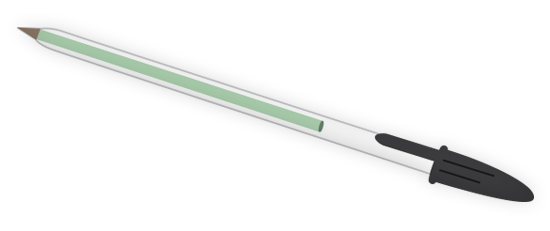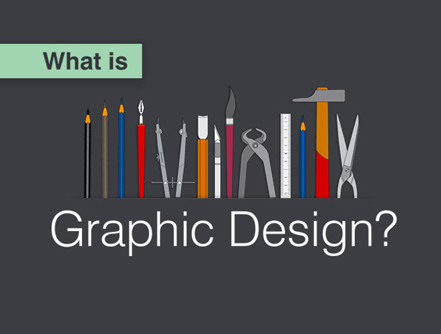
A.Design and artwork
Artistic professions are divided into three main branches in which the borders are not always precise.
These branches are: Art, Decorative Arts and Design.
1. Art
Art is a means of expression in which the end result transmits an emotion.
The artist is free to do what he wishes using the technique and support of his choice together with his own motivation.
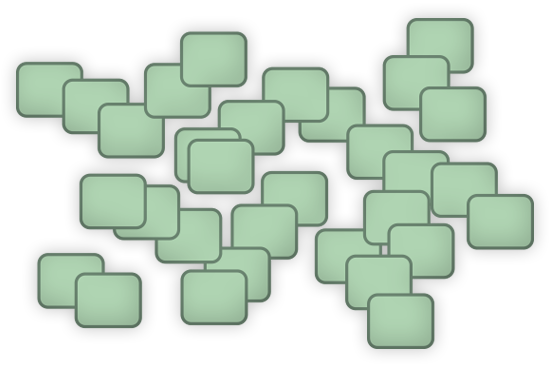
2. Decorative arts
Decorative arts comprise craftsman art using traditional techniques with aesthetics being the ultimate goal.
The craftsman is the only master of his creation. He supervises the assembly of the stages of his production which are generally limited to small series of unique pieces.
In relation to the artist, the artistic craftsman has less liberty, his inspiration must be compatible with the joining of technical constraints linked to the function of his creation. The work of art must be discrete and “beautiful” but yet equally solid and simple to hang up.
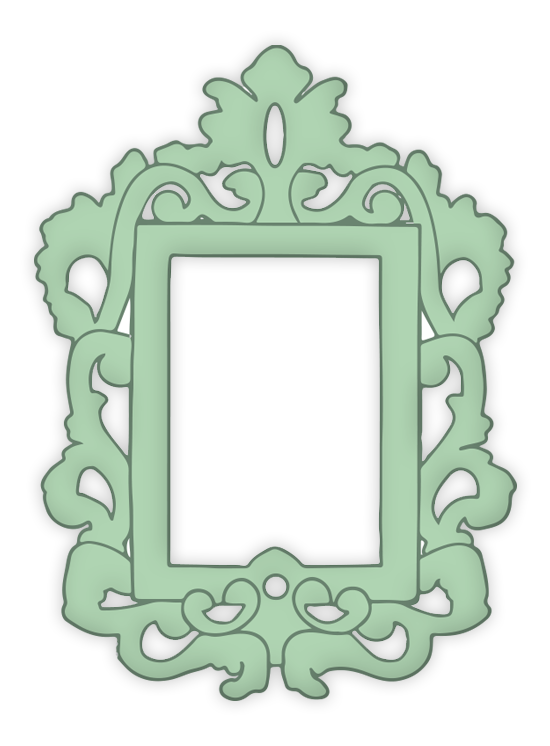
3. Design
The design is created based on a drawing of an already functional project using a technical process of fabrication in preparation for large production.
The designer must work with respect to technical constraints linked to the function of his creation (a brochure, a car, a lamp…).
The designer is not the only master of his creation. He is but one of the links in the production of multiple requirements.
The artistic part of a designer is relatively weak in relation to the demands of technical obligations and his field of liberty, which is considerably reduced at the moment of conception.
Architects are designers. On the basis of designs, they devise houses, buildings, buildings with specific functions (family house, fireman’s barracks, banks…) which notably must be in conjunction with the requirements of being solid and secure…
Contrary to the artist who uses his inspiration to transmit an emotion (one likes it or not), the designer utilizes a variety of techniques called process, in order to carry out his concept, that must meet the expectations of his function (it is either effective or not).
Design is not art.
The priority of the designer is not the decorative aspect of his creation but its functionality (in other words, if it turns out beautiful, even better…)
Design in France
In France, the word design is used wrongly as a qualifier, designing of an object in its purest stripped down form and at a high price. In reality, a simple screw could be an object of design.
A screw is designed with the goal of fulfilling a function (to screw) and responds to the technical demands for the development of the mold, incorporating itself into a chain of complex montage.
![[cml_media_alt id='6668']AboutDesign-Illustration-Visse[/cml_media_alt]](https://www.afterjuliette.com/wp-content/uploads/2015/02/AboutDesign-Illustration-Visse-300x125.png)
B. Graphic design and communications
To communicate is to transmit information. Communications is a generic word that refers to the group of occupations in which the goal is to participate in the creation and diffusion of information.
Communications brings together numerous careers that are often very specialized or that occur in function with the nature of the project (writers, photographers, production managers, creative persons, press agents…).
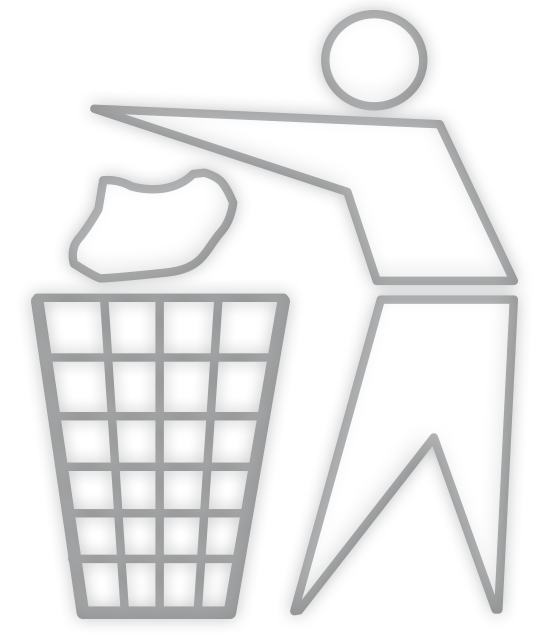
With the exception of oral transmission, all exchange of information necessitates a framework and a presentation. Before reading a text in its entirety, we peruse it first and gain a first impression (positive or negative) in which the impact will strongly influence our reading. Imagine a written medical ordinance in thick red letters on flourescent green paper defiled with grease stains. The aspect is therefore primordial and it is here where the graphic designer intervenes.
To communicate is to transmit information:
who (advertiser) – says what (message) – to whom (target audience)
Information consists of two parts: a background and a form (destined to reach a target audience).
The Writer is going to draft a background, a text that must be in harmony with the image of the announcer.
And the Graphic Designer is going to present the whole system.
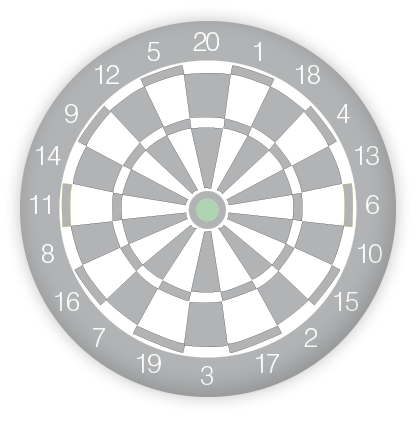
o
1.
Marketing
determines the target

o
2.
the Writer
writes the background

o
3.
the Graphic Designer
puts it in form
But who is going to take the time to
read the message?
As our first perception is visual, it is the form that determines if the message will be read, then understood by the target. The goal is not just to ¨make beautiful¨, but to be effective and clear in getting the desired response to the sent message. The graphic designer does not make ¨decoration¨. He must create some graphic elements that will allow for establishing visual pertinent communication.
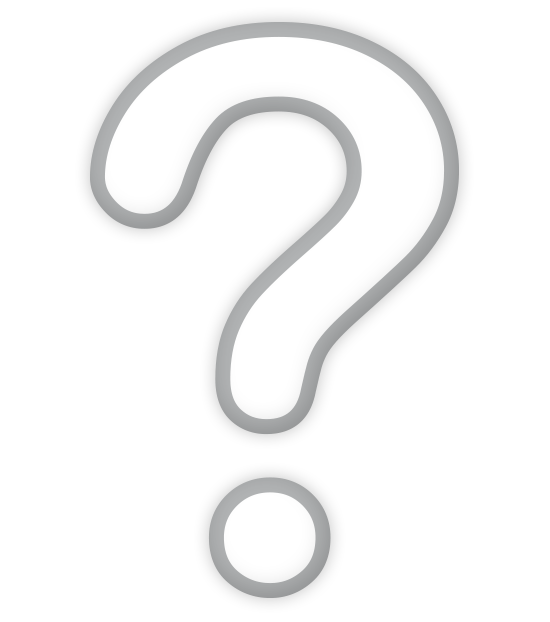
C. Graphic design, a technique
Graphic design is an assembly of techniques or skills that is only concerned with format of a message. This formatting must not be an element of aesthetic order, but of technique and skill, to be able to respond to numerous constraints. First and foremost, the designer is before the chain of fabrication. He must therefore carry out his work in function with the technical obligations of the manufacturers (i.e. a printer). But, in the first place he must above all use communicative techniques of graphic communication and its codes to be able to truly conceive an effective creation.
The work of a graphic designer consists of creating a visual framework (to the message) based on these three base elements: Who (advertiser) – says what (message) – to whom (target audience).
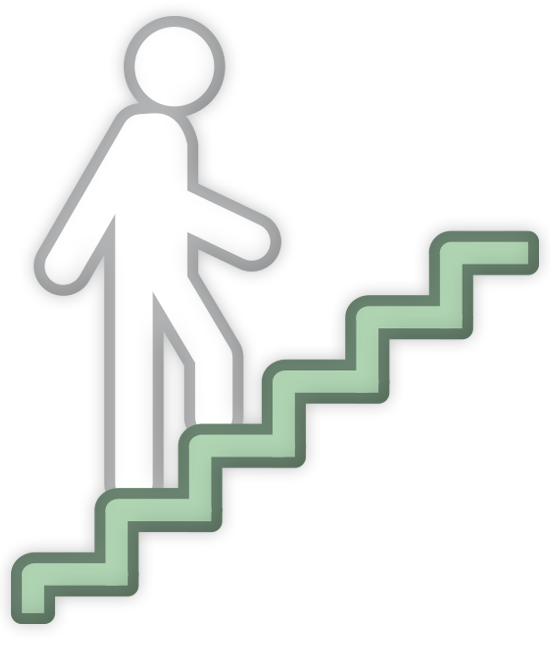
Graphic Codes
Graphic codes are codes in which we know the meaning without having learned it, like an arrow that indicates a direction, the speech bubble of a comic strip or the majority of road signs that additionally have the advantage of being comprehensible in all languages.
The color itself must be relation to the message. Unconsciously, we attach a lot of importance to colors and their coherence. What do you think of a green rib steak, a pink hearse, or blue orange…?
The correct usage and coherence of graphic codes
are fundamental.
To establish a complete list of these codes is impossible because they are so numerous and are not fixed. They evolve in time, a lot are yet to be discovered and assured, disappearing while others emerge. Today, information technology and social networks are a source of full development.
These graphic codes convey a lot of information and symbolism allowing the addition of a considerable amount of information to a message, without having to say them nor write them.
When we find ourselves in front of the horoscope page, our eye searches for a single sign of the zodiac which is ours. Once we find it, we read the text underneath it and nothing else. The zodiac sign fills its graphic code function. It is rapidly identifiable and addresses itself to us personally (each one to his own zodiac sign) telling us to read the joint text and we obey…
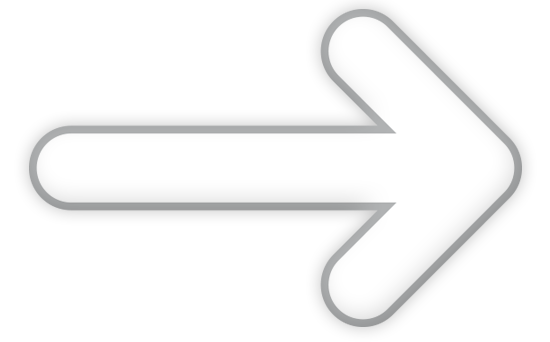

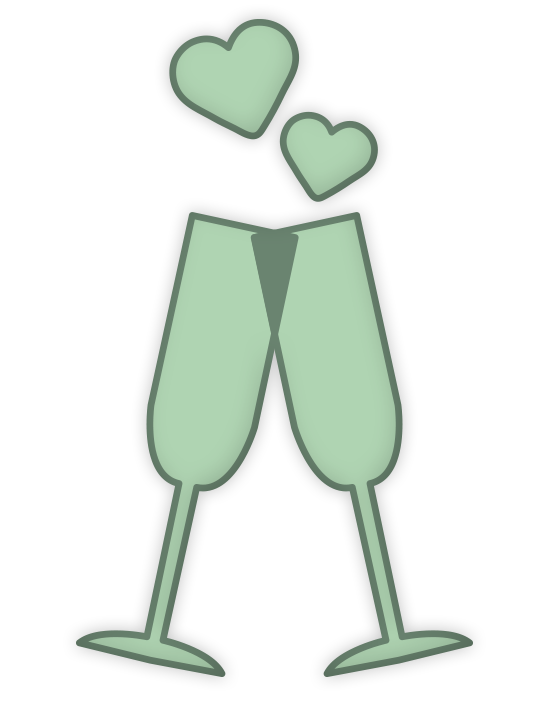
The opposite design, a blend of characteristics which manage to transmit to us a large amount of information that touches us personally. If one tries to write this information, one notices that no text can rival against the impact and efficacy of a visual.
D. The profession of graphic designer
Today, at the level of on par technology, is the image and only the image that makes the difference between two products or brands. Why do I like this brand rather than another? Why do I buy this product and not the other one? We never actually compare the products amongst themselves. In the end, we choose one..which one? We choose the one in which we empathize with, the one that displays the logo of the brand that we like.
A brand is an entity that disseminates its name – that brings together products and commercial services along with institutions, sports clubs, political groups, charitable organizations, and countries – that all indicate their products and their messages by their name and their logo. These are the trademarks (the advertisers).
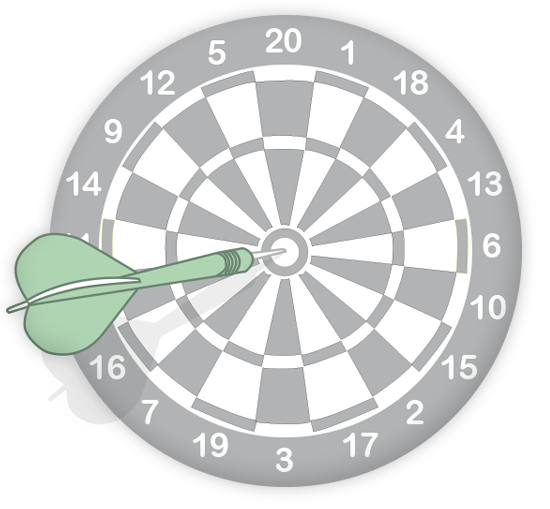
In order to be able to acquire this empathy and to differentiate among competitors, the elaborated techniques for graphic design are indispensable. They allow a flow of light esthetic or decorative communication, often put together punctually and rapidly, to a true political and visual identity and of an image orchestrated by the graphic designer that assures coherence.
Jean Widmer • graphic designer
In 1995, during an interview (1), Jean Widmir (graphic designer) explained his vision of the profession:
¨ (…) graphics, based on research of form, color, typography, is, in one sense, the expression of illustrated language (graphic codes – editor’s note). The graphic artist is the creator-idea man and also a programmer who must assimilate the complexity of an enterprise: The subject matter of signage, for example, not only designs the graphics but must also grasp the general aspect of the business. (…) It is difficult to speak of objectives in a general manner, (regarding the work of a graphic designer – editor’s note) if it is not in relation to a precise target and in function with a given situation, that will cover the fields of the following: the analysis of the subject, its comprehension, then the conception, readability, and the esthetic quality. To achieve a given objective facing a poised problem, the graphic artist produces a certain language constituted by key words: form, color, subject matter, harmony, order, proportions, norms, number, measure, rhythm, system, contrasts, texture, space, and time. Afterwards, he does his utmost in applying techniques directly adapted to the specific problems. (…) The graphic artist intervenes in all that is relative to visual communication. His cultural training, together with his base education, play an important role: it permits him to adapt more easily to many different domains. (…) This occupation, very recently, is unfortunately not well-known in France: it is revealing to note that we don’t have structure no magazine (…) paradoxically this country, regarding fine arts, theater, and literature, is not conscious of graphic design.
Unfortunately, since 1995, nothing has changed…
(1) Interview with Margo Rouard • Centre Pompidou Editions, Paris, 1995
